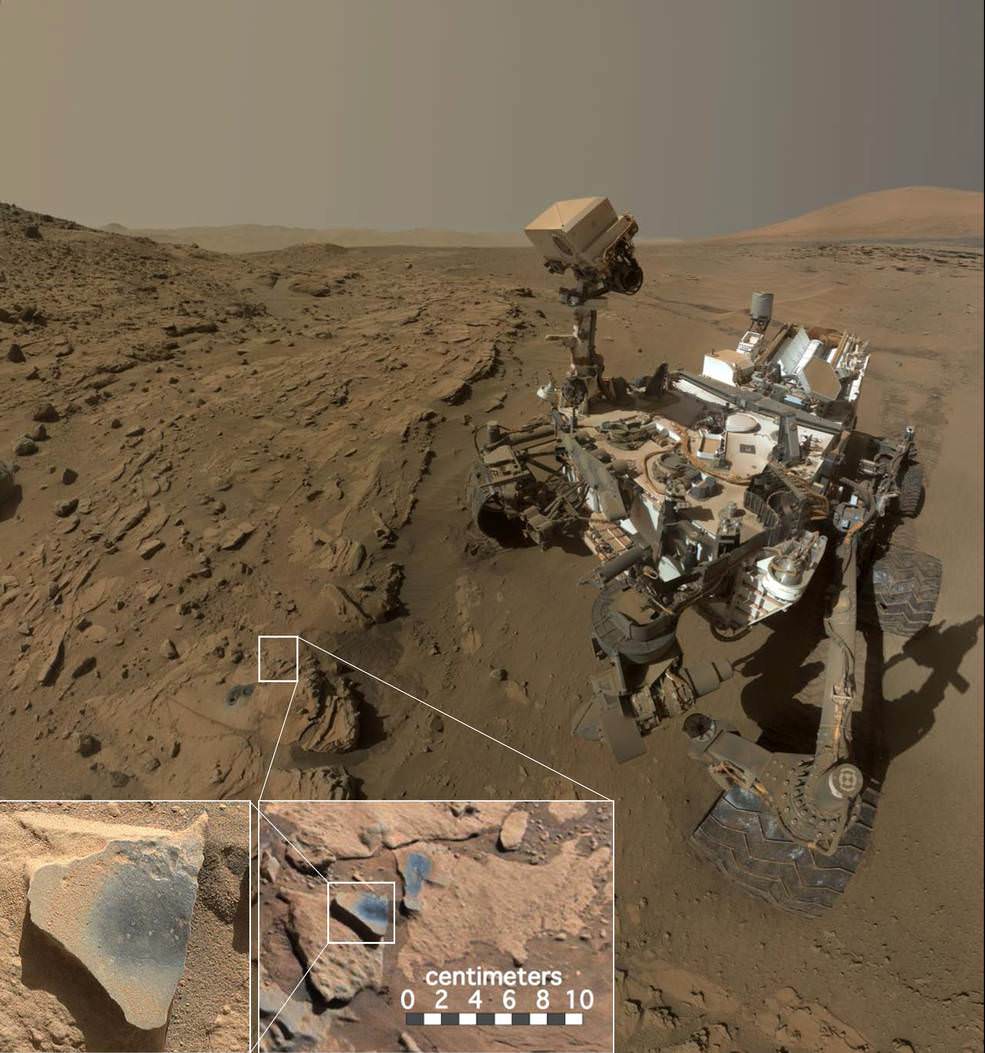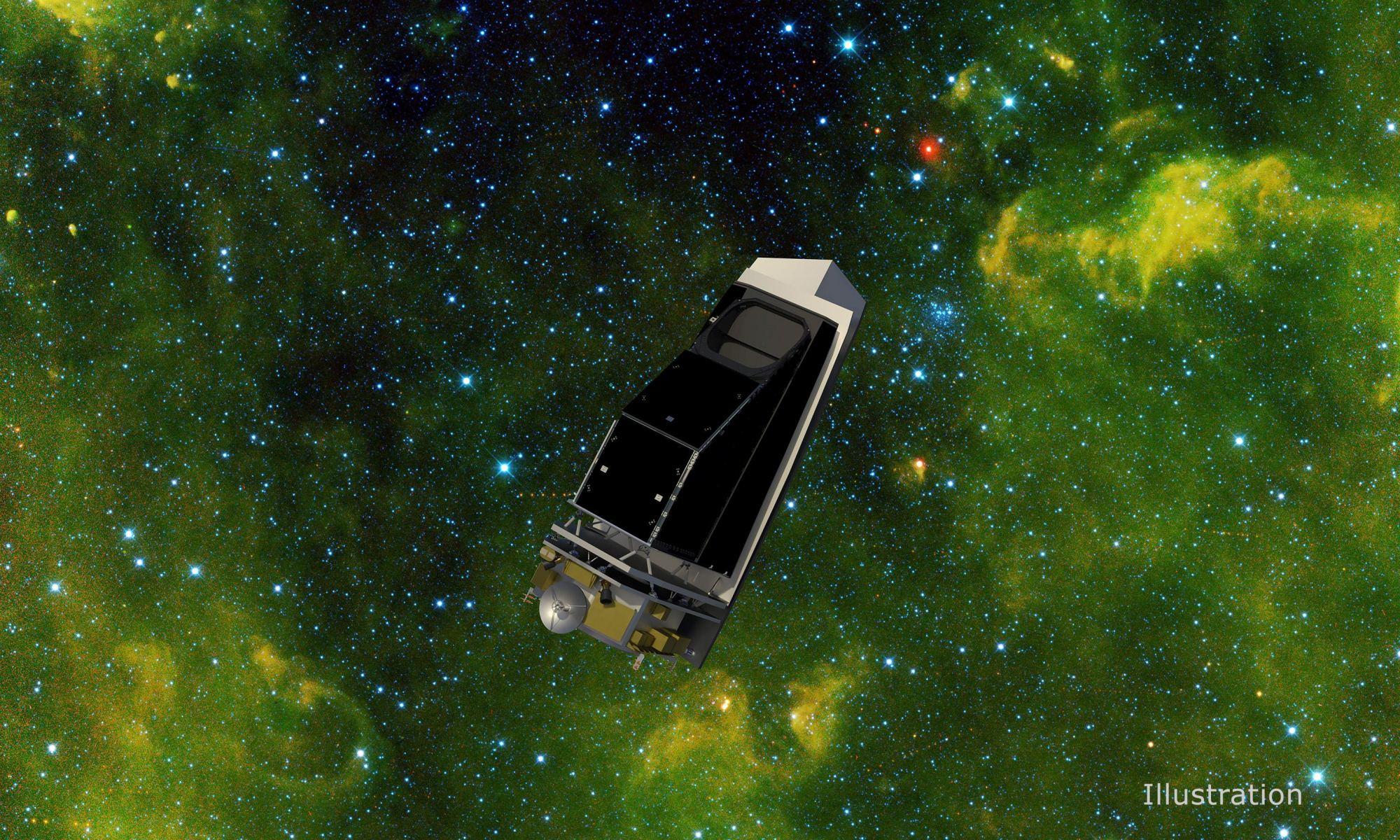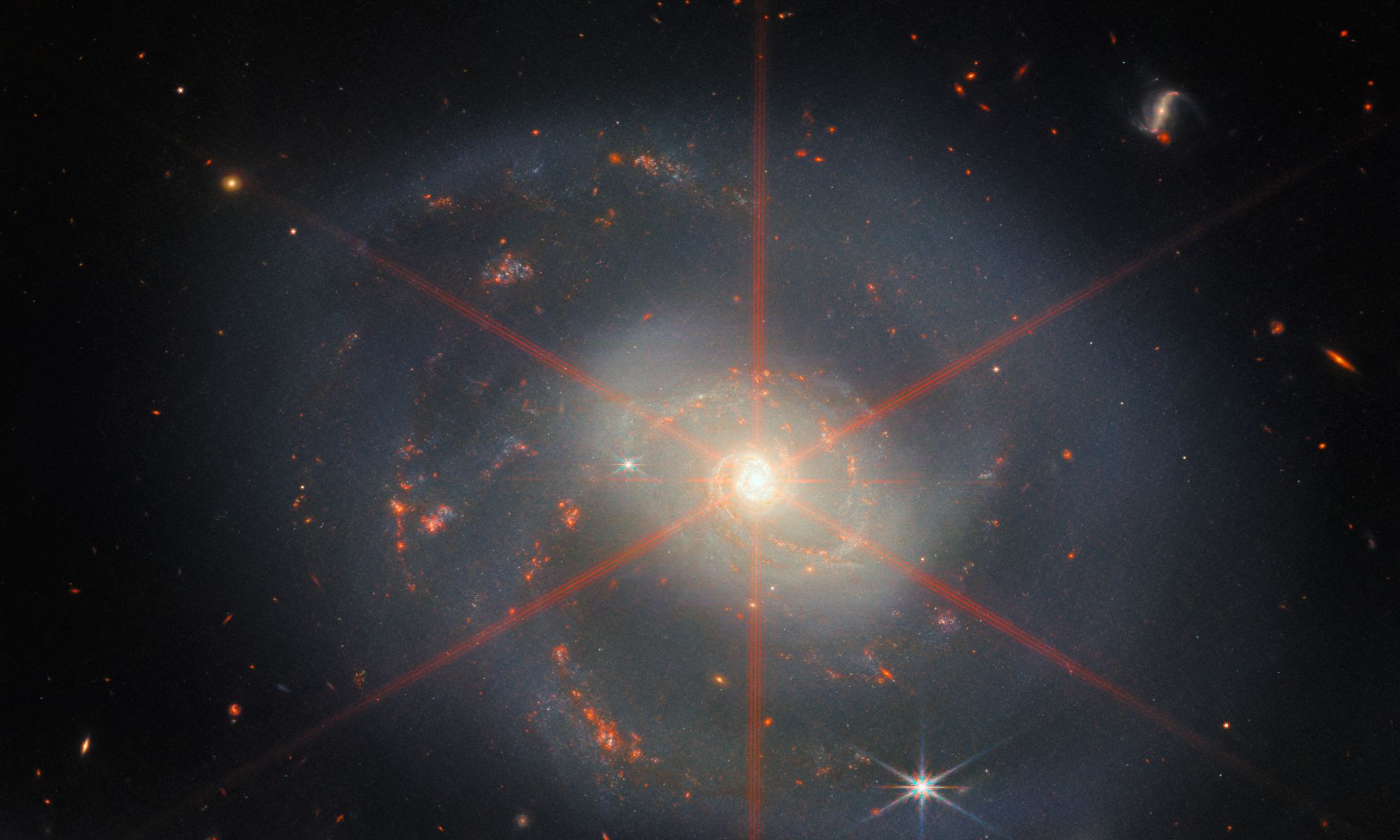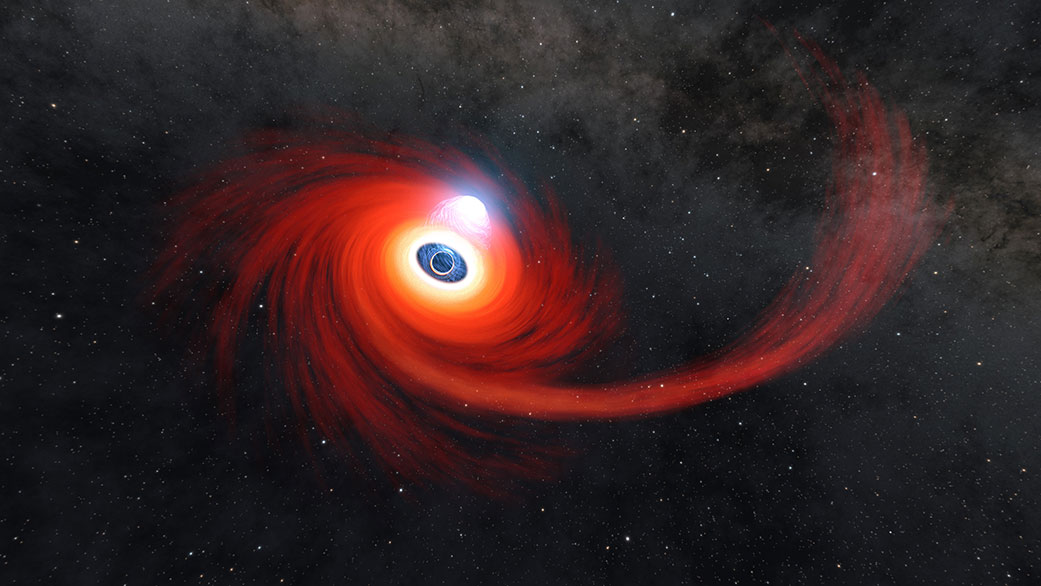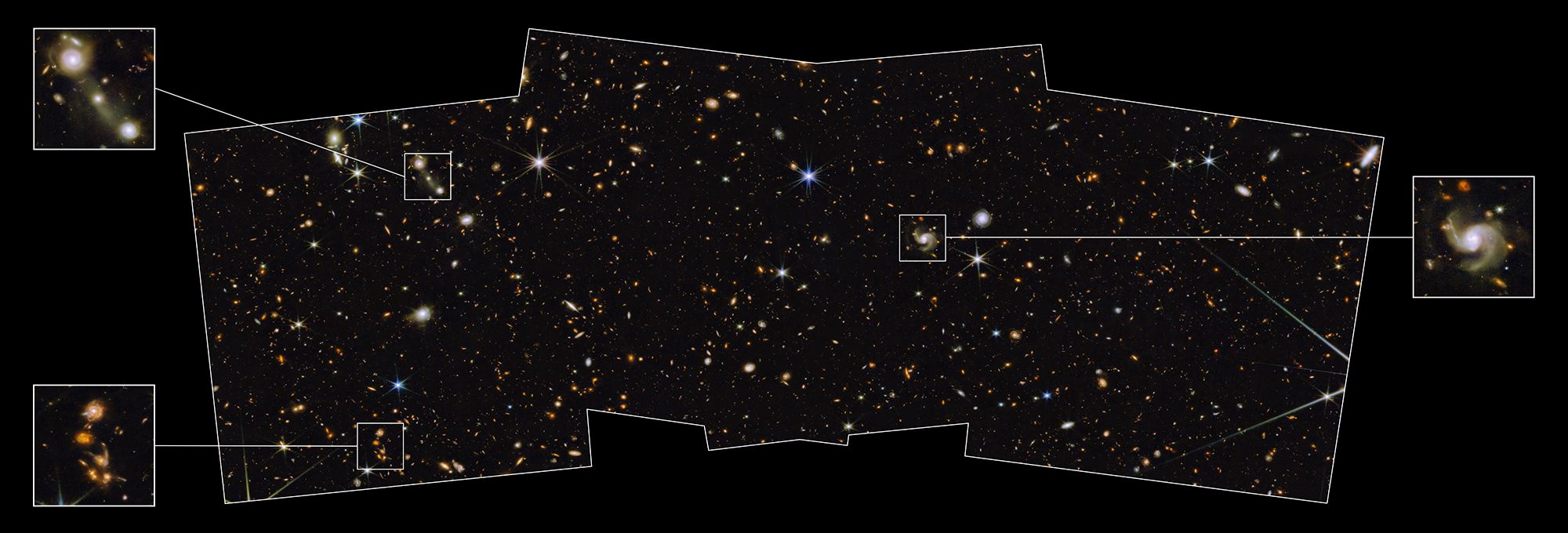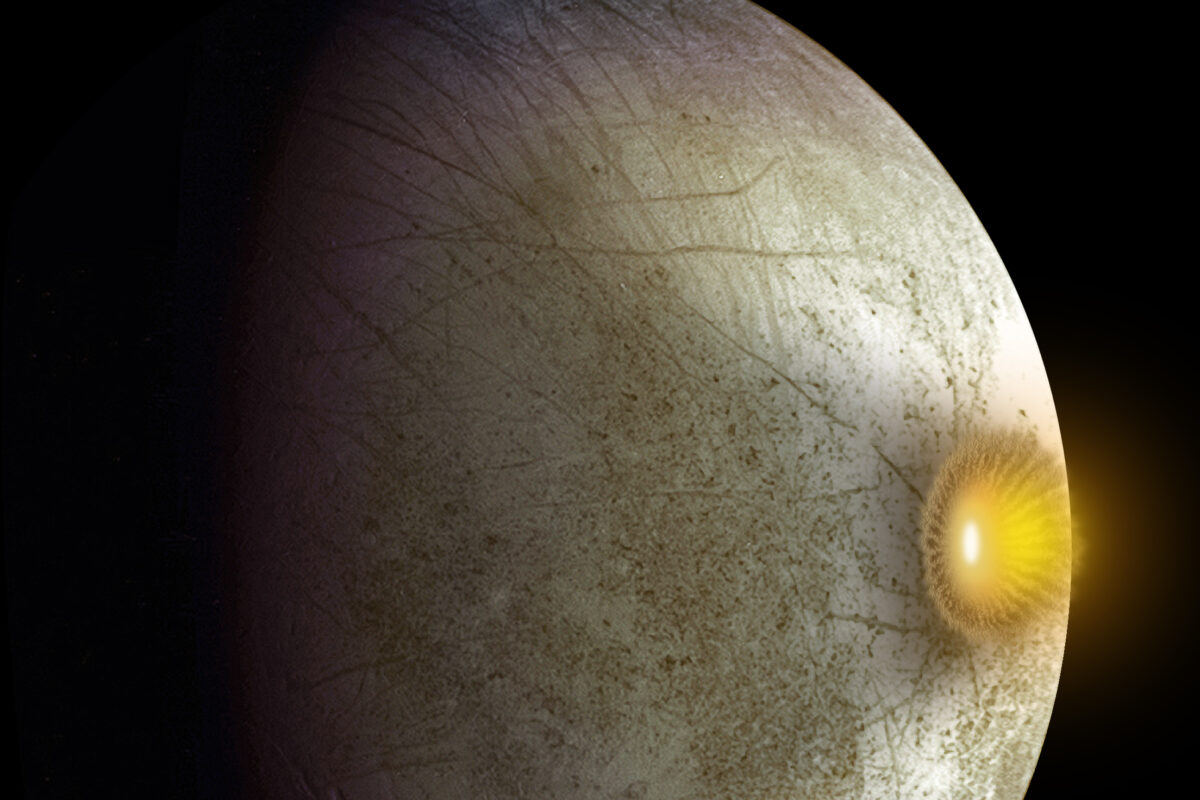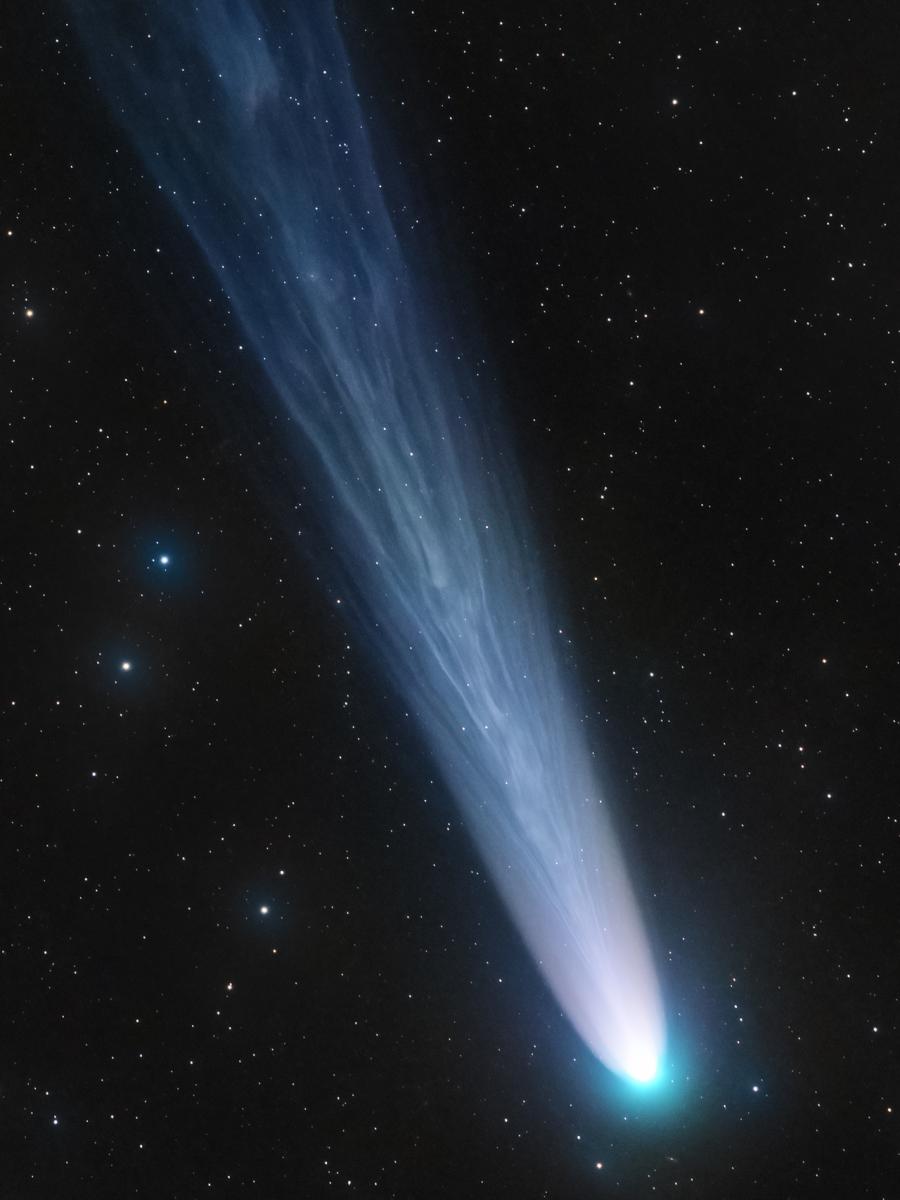Earth’s oxygen-rich atmosphere does more than provide the foundation for complex life. The oxygen in the atmosphere is so reactive that it readily combines with other chemical elements. Together, they form important ores like iron oxides and manganese oxides found in the Earth’s crust. So, when rovers spotted manganese oxides on Mars, scientists interpreted them as clues to Mars’ earlier atmosphere: it must have contained oxygen.
But a new study puts the brakes on that idea.
Continue reading “Minerals Could Form on Mars Without an Oxygen-Rich Atmosphere”
